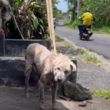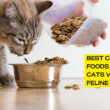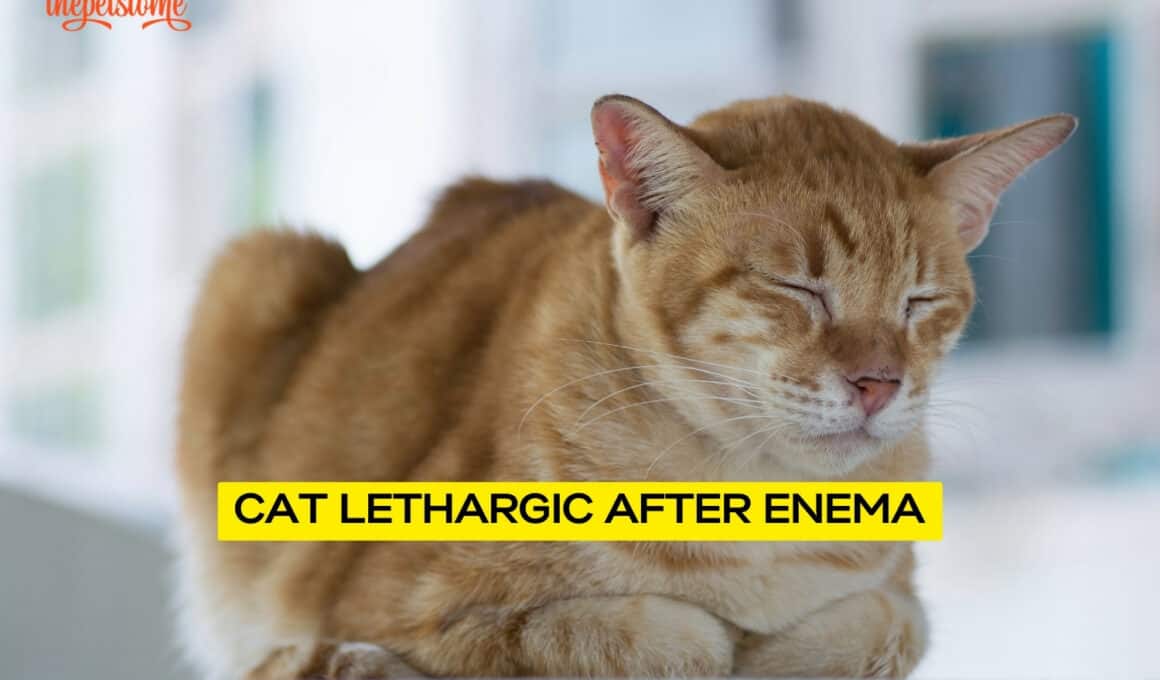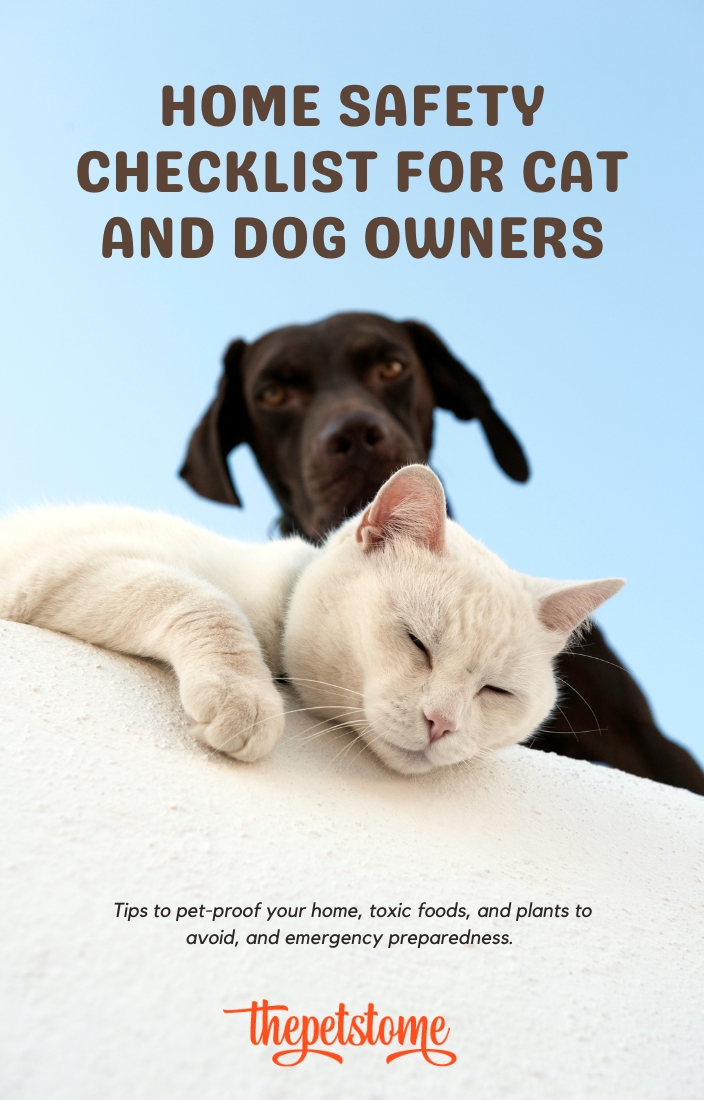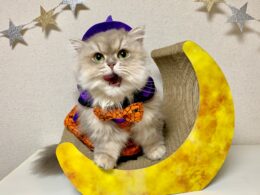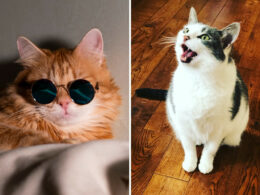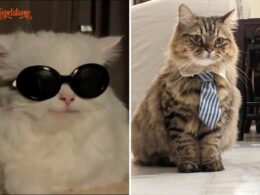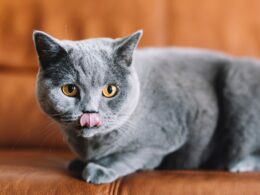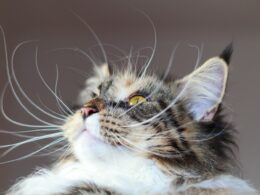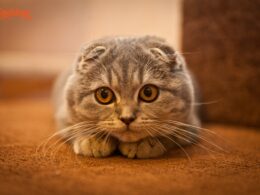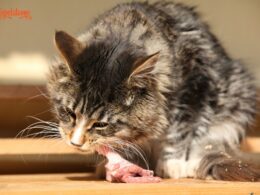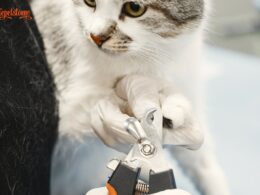Table of Contents Show
Enemas are the medical treatment for constipation in our feline family members.
Suppose your cat is lethargic after an enema. In that case, there are a few basic steps you should be taking first and foremost to get a better idea of whether or not you should be worried, and (crucially) whether you can treat things at home or if a further visit to the vet is required.
What To Do When Your Cat Is Lethargic After Enema
You can start by doing the following;
1. Check Rectal Temperature
You can do this quickly at home using a human pediatric rectal thermometer, a small amount of lubricant such as KY jelly, a pair of gloves, and ideally, an assistant to help hold your cat.
If your cat’s temperature is over 39.1 ℃ (102.4℉), book a visit with the vet; be sure to let them know your cat’s temperature over the phone so that they can appropriately triage the urgency of the visit.
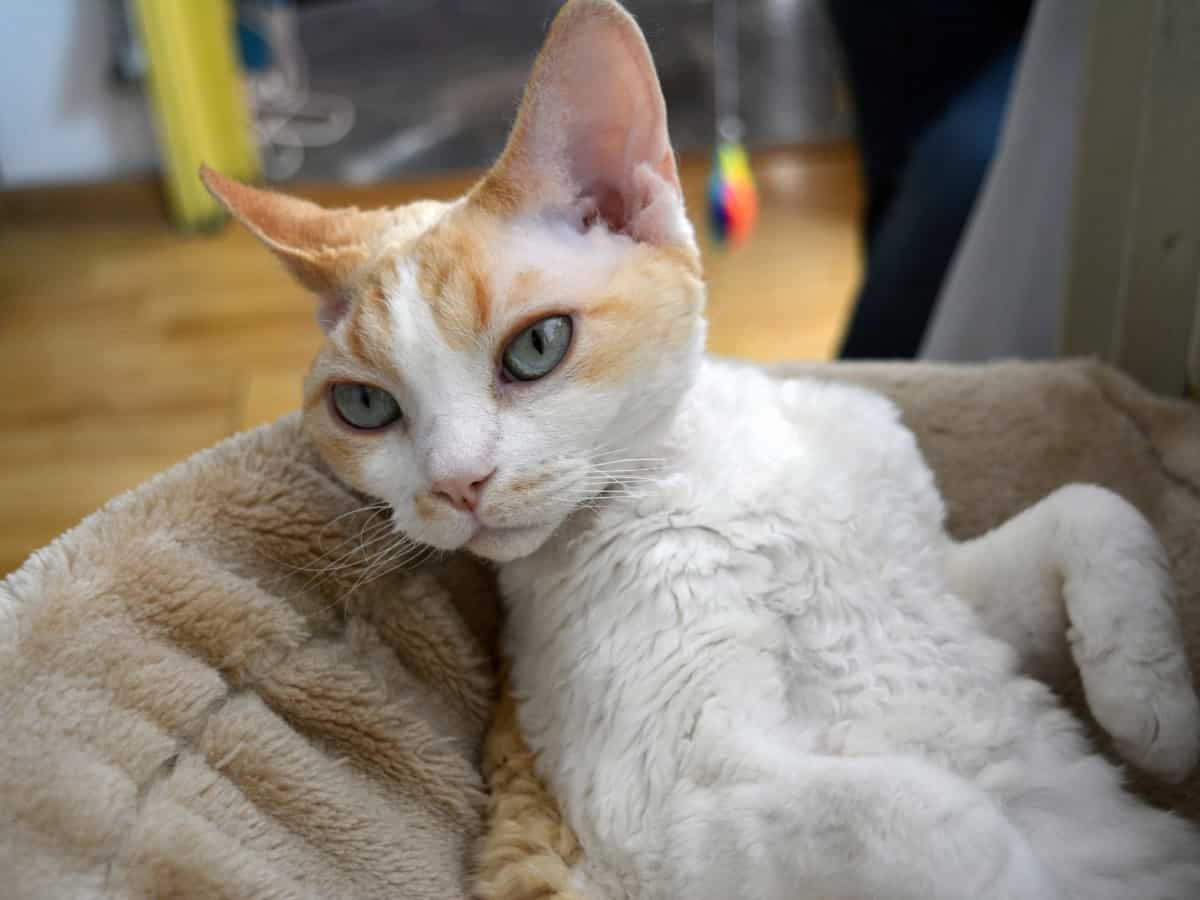
2. Thoroughly Examine Cat
Start by assessing the skin turgor, by checking how quickly the skin on the back of his/her neck returns to a normal, flat position after you gently pinch it up into a tent.
Everybody’s skin is different, and so there is no hard and fast rule here, but in the majority of well-hydrated cats the skin “tent” will rapidly (within seconds) return to normal once released from your grip. If the skin stays tented, seeing a vet the same day is best.
Another key sign of dehydration you should be vigilant for if your cat is lethargic following an enema is slowed capillary refill time (CRT). The CRT can be checked by gently lifting your cat’s lip and pressing firmly with your finger on a pink part of the gums.
The gums will blanch to white because the pressure of your finger squishes the blood supply. When you lift your finger, the now-white part of the gums should return to a nice, healthy pink color in less than two seconds; this reflects a good blood supply to the area, reflecting a good hydration level.
If it takes two seconds or longer for the area to return to a pink color, this is abnormal, and you need to take your cat to the vet for a same-day appointment.
And finally, a more severe sign of dehydration to watch out for is a sunken appearance to the eyes (as if they have fallen deeping into the eye sockets); if you notice this alongside lethargy, take your cat to the vet urgently.

3. Confirm If Your Cat Is Eating Well
Take note of whether your cat has been eating and drinking normally over the last 24-48 hours. Have they exhibited any loss of appetite or changes in thirst alongside the lethargy following the enema?
If there has been a change in appetite, try and mentally quantify it; for example, a 75% reduction in total daily food intake would be considered much more concerning than a 25% reduction.
Generally speaking, if a cat is lethargic following an enema and has eaten 50% or less of their normal daily food intake for the last 24-48 hours, I would absolutely consider this urgent enough for a same-day vet appointment.
4. Access The Cat’s Bowel Movement
Assess whether your cat has passed urine and feces normally since the enema. The average healthy cat will urinate 2-3 times daily, and have a bowel movement approximately once every 24 hours.
Their bowel movements should be of normal size and consistency. Very small, firm, and/or infrequent bowel movements are a sign that the constipation is reoccurring.
If your cat has not urinated in the last 24 hours, you should speak with your local vet without delay. And if they have not passed feces within 48 hours, it is highly likely that constipation has re-occurred and so further, swift veterinary attention must be sought.
If your cat is passing feces daily but these bowel movements are noticeably smaller and harder than usual, it’s likely that adding a laxative will help.
The medication that I prescribe most commonly for this purpose is lactulose at a dose of around 2mls (given orally) every 8-12 hours for most cats until relief from constipation is achieved.
While lactulose can be purchased over the counter without a prescription, it’s important to realize that this medication is only appropriate for cases of mild constipation.
It will not work where a complete fecal obstruction in the colon has occurred; in fact, giving lactulose may be dangerous in these instances! So be sure to consult your vet over the phone at least, before use.
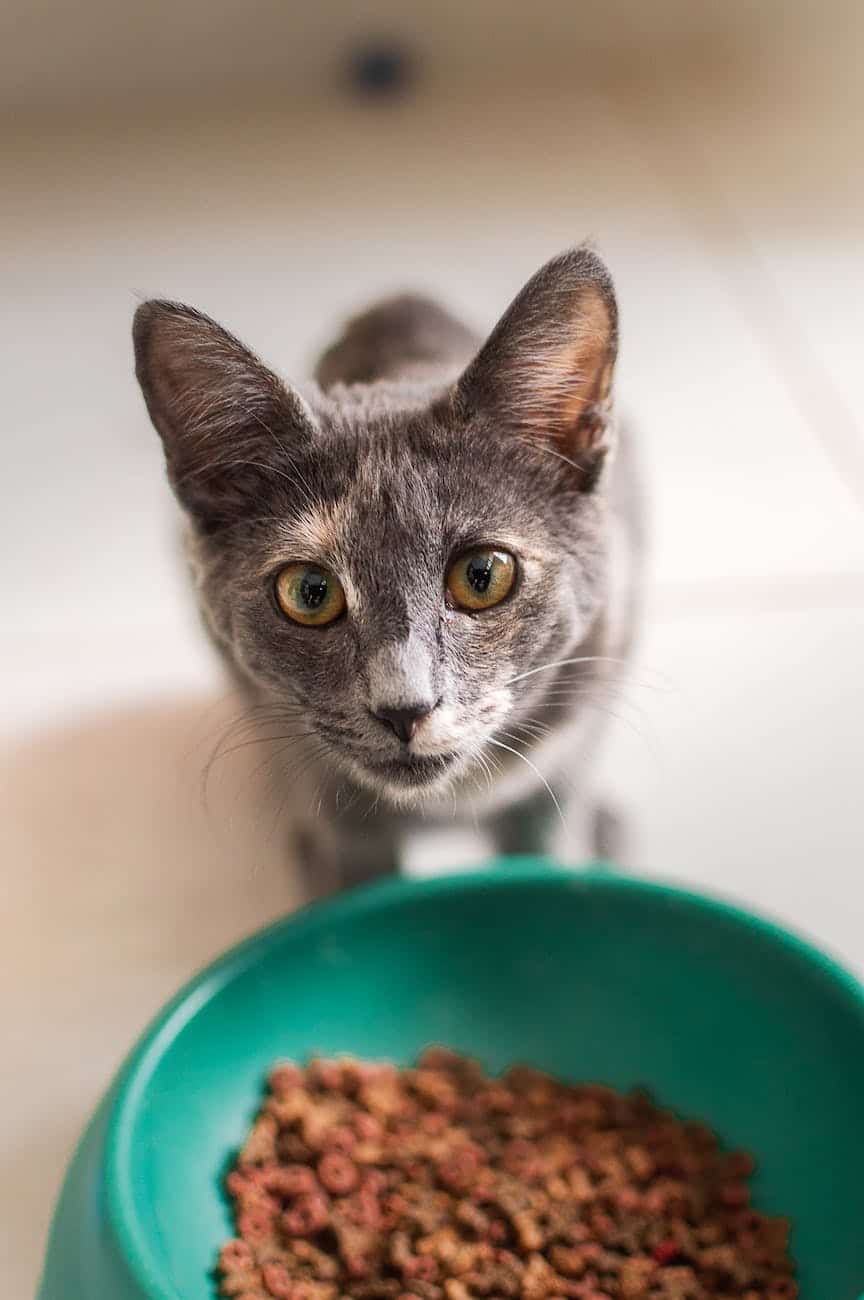
5. Confirm If Enema Was Given Under General Anesthetic
Minor enemas for the relief of mild-moderate constipation can be administered in the consult room at the vet, without the need for sedation or anesthetic, especially if your kitty is calm and easy to handle.
However, larger, more intensive enema treatments for cats experiencing moderate-severe constipation need to be administered under a general anesthetic, so that the colon can be lavaged with a special solution to remove the build-up of hard feces.
Suppose your feline family member has just had an enema under general anesthetic. In that case, it is completely normal and expected for them to be feeling lethargic, woozy, and even a little confused for up to 24 hours following the procedure.
This is because your pet is still recovering from the anesthetic, and may still have low levels of the anesthetic drugs in their system.
So, if this is the case, it may well be that all you need to do is give him or her time to recover fully from the effects of the anesthetic. Provide a quiet, comfortable, and safe location in the home for your cat to sleep off the “anesthetic hangover”, and stay near them so you can keep an eye on how they’re doing.
Offer food and water only once your pet can stand and walk without wobbling, which should be within a few hours of getting home from the hospital. If the lethargy continues past 24 hours or seems to be getting worse rather than better, it’s important to seek advice from your vet.
6. Consider If It Is Stress Related
Apparent lethargy in the form of inactivity, hiding, sleeping a lot, and not wanting to play or interact with human family members can be due to stress in some cats. And (as we all know!) vet visits are notoriously stressful for most of our feline furbabies!
So, if your kitty just recently got out of the vet following a consultation or even a stay at the hospital, it is entirely possible that they are in fact, exhibiting signs of stress, rather than true medical lethargy.
Of course, to be safe, we should only make the assumption that stress is to blame once we have ruled out the other possible causes of lethargy following an enema (as discussed above).
But once this has been done, there are several things you can do to help relieve any post-vet stress that your cat could be experiencing;
- Add a calming pheromone product such as Feliway sprays to your cat’s environment. A spray will take effect much more immediately than a collar or plug-in diffuser (which may take a few days to start working fully). Follow the manufacturer’s guidelines closely, whichever product you settle on.
- Ensure your cat has plenty of ‘safe’ spaces to hide if they wish, including easy access to high-up locations such as a purpose-built commercial cat tower, or even just a way of getting up on top of the wardrobe! Being high up is a natural way for many cats to feel less stressed.
- Remove any known stressors for your cat from its environment. This may mean making sure your kitty has a place of their own to retreat to if they want some space from young children, workmen, strangers visiting the house, or even other pets in some instances.
- Consider starting Zylkene; several scientific studies have supported the calming effects of this natural supplement.
More about Cats on ThePetsTome:
- Male Cat Leaking Clear Odorless Fluid (What It Means)
- Cat Not Eating After Convenia Injection
- Can A Bug Zapper Kill A Cat? (EXPLAINED)
- What Does It Mean When A Cat Sleeps on Your Stomach?

